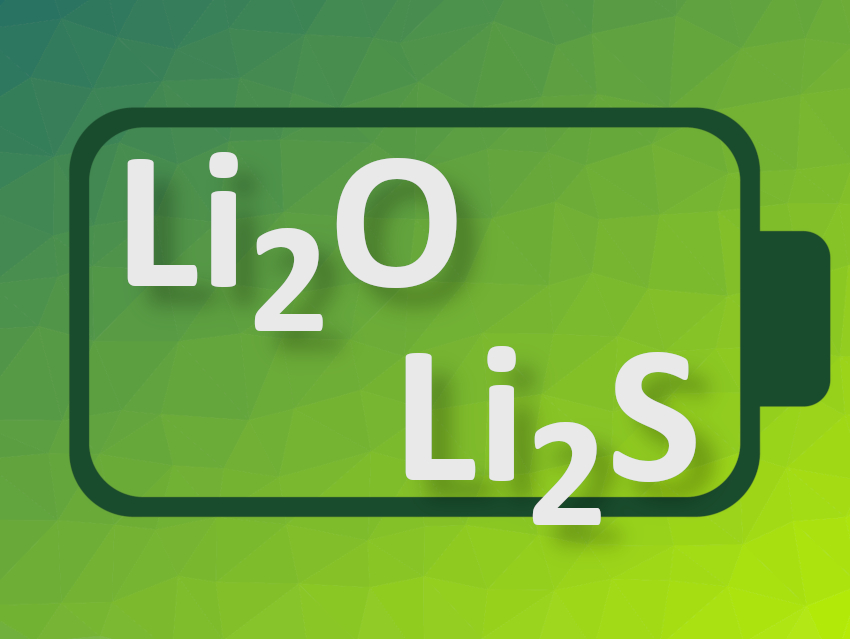Lithium oxide (Li2O) and lithium sulfide (Li2S) can often be found in lithium-based batteries. These compounds can form when oxygen- or sulfur-containing components of an electrolyte are reduced. Then they become part of a solid–electrolyte interphase (SEI) passivation layer. The ion-transport properties of these compounds can limit battery performance. However, these properties are not well understood so far. They can be influenced by doping but also by defects and grain boundaries, which are different in thin films and the bulk materials.
Robert Usiskin, Max Planck Institute for Solid State Research, Stuttgart, Germany, and colleagues have evaluated the properties of sputter-deposited Li2O and Li2S films that have a nanocrystalline morphology. The thin films were grown by radio frequency magnetron sputtering. The films were characterized using X-ray diffraction, electron microscopy, Raman spectroscopy, mass spectrometry, and ion-transport measurements.
The team found that, at room temperature, both materials show Li+ conductivities that are higher than those of lightly-doped bulk samples by between three and four orders of magnitude. According to the researchers, this enhancement cannot be explained by impurities, doping, or point defects. Instead, grain boundaries, dislocations, or amorphous–crystalline interfaces could provide fast lithium-ion transport.
- Enhanced ion transport in Li2O and Li2S films,
Simon Lorger, Kai Narita, Robert Usiskin, Joachim Maier,
Chem. Commun. 2021.
https://doi.org/10.1039/d1cc00557j




